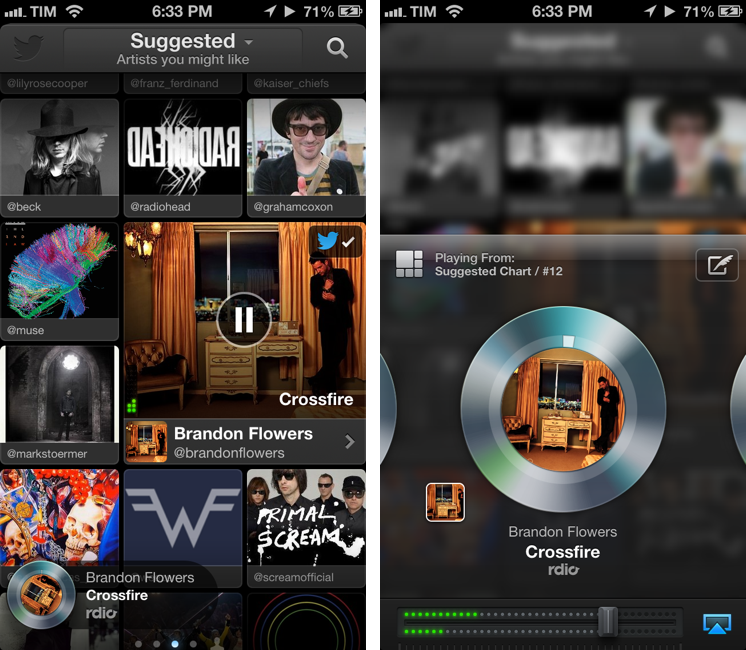Billboard’s Ed Christman:
For the first time since the iTunes store opened its doors, the U.S. music industry finished the year with a decrease in digital music sales.
While the digital track sales decline had been expected due to weaker sales in the first three quarters, the digital album downturn comes as more of a surprise as the album bundle had started out the year with a strong first quarter.
Overall for the full year 2013, digital track sales fell 5.7% from 1.34 billion units to 1.26 billion units while digital album sales fell 0.1% to 117.6 million units from the previous year’s total of 117.7 million, according to Nielsen SoundScan.
Nielsen SoundScan hasn’t released numbers for streaming services in 2013 yet. However, as reported by Billboard and as we argued on The Prompt, it’s very likely that services like Spotify, Rdio, Pandora, and iTunes Radio are contributing to the decrease of digital sales.
There’s a convenience in paying a monthly fee to access a virtually infinite catalogue of songs that, for many people, beats the superior quality of iTunes downloads and the idea of ownership of a music file. I suspect that’s particularly true for individual tracks (where sales fell 5.7%): why bother purchasing Blurred Lines or Thrift Shop when you can just stream it, for free, using a service that also gives you Top Charts and recommendations if you want to see more popular hits? Even if you don’t subscribe to modern streaming services, if you just want to listen to a couple of tracks every day there’s a chance you won’t hear a single commercial. They’re good enough.
Unless all streaming services go out of business soon, I think that the trend of digital track sales will slowly continue downwards for the next few years. Digital album sales are down 0.1% in 2013, which suggests that consumers still like owning an entire album in their collection; from my perspective, this makes sense if you want to a) support an artist you like; b) having access to multiple tracks in one download; and c) having a high-quality version of an album.
Overall, I wouldn’t consider this report “bad” news for Apple or iTunes (although it makes for an intriguing headline). The market share of iTunes grew for US album sales (case in point) and Apple has shown that they can still play the exclusivity card pretty well even these days. It would be interesting to know the impact of other Apple initiatives like Mastered for iTunes and iTunes Match. If the market is moving to streaming for digital tracks, I guess that Apple is thinking about this scenario with their reported move in ad sales; for digital album sales, I’d wait to see 2014 numbers next year.






